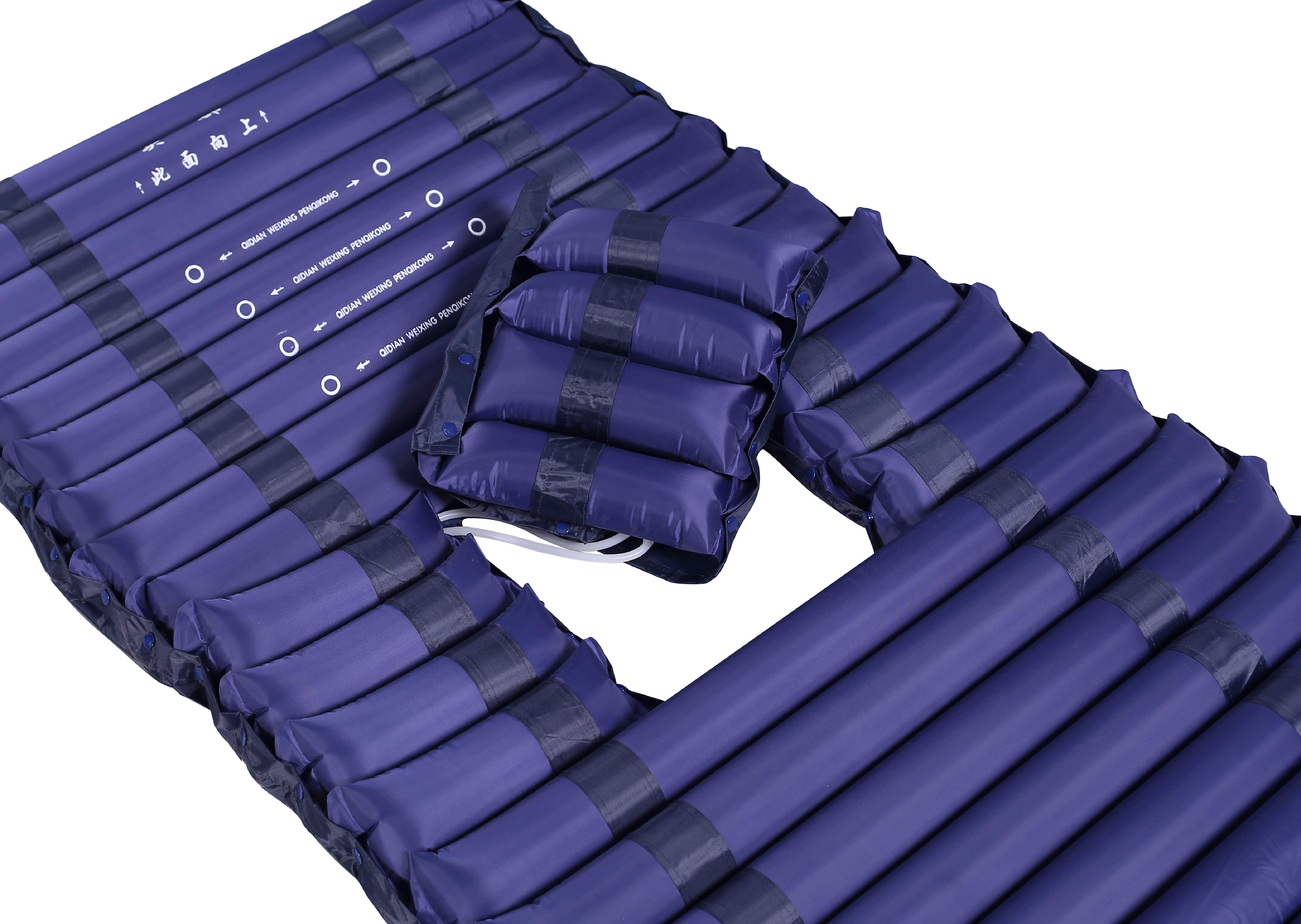Welcome to our websites!
emergency medicine crash cart
The Essentials of Emergency Medicine Understanding the Crash Cart
In the realm of emergency medicine, the crash cart, also known as a code cart or emergency cart, is an essential tool that plays a pivotal role in saving lives. This mobile unit is stocked with a variety of medications, equipment, and supplies designed to address life-threatening situations, particularly during cardiac arrests, respiratory failures, and other urgent medical crises.
What Is a Crash Cart?
A crash cart is a wheeled cabinet containing a comprehensive assortment of items required for cardiopulmonary resuscitation (CPR) and advanced cardiac life support (ACLS). Its design allows for rapid access to critical supplies that medical professionals need when seconds can mean the difference between life and death. Typically, a crash cart is found in hospitals, emergency departments, and other healthcare facilities.
Components of a Crash Cart
The contents of a crash cart are divided into several categories, each serving a unique purpose
.1. Medications The cart is stocked with emergency drugs such as epinephrine, atropine, amiodarone, and sodium bicarbonate. These medications are vital for managing arrhythmias, increasing heart rate, and stabilizing patients during a code situation.
2. Airway Management Tools Clear breathing pathways are crucial during emergencies. Crash carts often include oropharyngeal and nasopharyngeal airways, endotracheal tubes, bag-mask devices, and ventilators to ensure that healthcare providers can secure an airway quickly and effectively.
3. Defibrillator A portable defibrillator, either manual or automated (AED), is an essential piece of equipment on a crash cart. It delivers controlled electrical shocks to the heart, restoring normal rhythm in cases of ventricular fibrillation or pulseless tachycardia.
emergency medicine crash cart

4. Cardiac Monitoring Equipment The cart is typically equipped with ECG monitors to assess the patient’s heart rhythm during resuscitation efforts. Monitoring is critical for the effective application of advanced cardiac life support protocols.
5. Intravenous (IV) Supplies Intravenous access is often necessary in emergencies. The crash cart contains IV catheters, fluids, and related supplies to administer medications and fluids rapidly.
6. Miscellaneous Supplies Additional items such as gloves, masks, scalpels, and various dressing materials are also included. These are important for ensuring infection control and managing other injuries that may be present during an emergency.
Importance of Regular Checks and Training
To ensure that the crash cart is always ready for action, regular checks and restocking are essential. Healthcare facilities typically implement protocols for checking the cart's contents at defined intervals, ensuring medications are not expired and that all equipment is functional.
Moreover, training healthcare professionals to effectively use the crash cart during emergencies is crucial. Simulation training allows medical staff to practice their response to cardiac arrest scenarios, ultimately improving outcomes when these high-pressure situations arise in real life.
Conclusion
In conclusion, the crash cart is a vital component of emergency medicine, embodying all the necessary tools that can save lives in critical moments. By understanding its components and ensuring proper maintenance and training, healthcare professionals can optimize their response to emergencies, instilling confidence in their ability to provide effective care when it matters most. The timely use of a well-stocked crash cart not only enhances patient outcomes but also reflects the quality of emergency healthcare delivered in any medical facility.
-
Transforming Healthcare with Hospital FurnitureNewsJun.24,2025
-
Rehabilitation EquipmentNewsJun.24,2025
-
Mobility and Independence with WheelchairsNewsJun.24,2025
-
Freedom of Mobility with Our Rollator WalkersNewsJun.24,2025
-
Comfort and Independence with Commode ChairsNewsJun.24,2025
-
Bathing Safety and Independence with Shower ChairsNewsJun.24,2025
-
Navigating the Wholesale Landscape of Electric Mobility Solutions: Key Considerations for Power Wheelchair DealersNewsJun.10,2025











